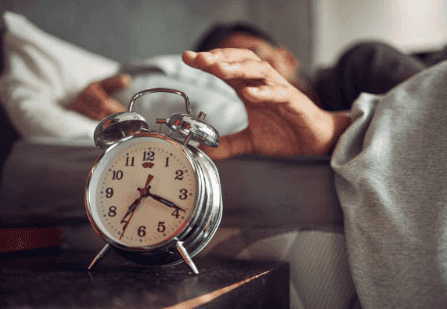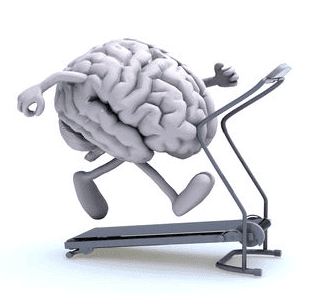Easy to apply morning routine

Sleep inertia: A physiological state of impaired cognitive and sensory-motor performance that is present immediately after awakening. It persists during the transition of sleep to wakefulness, where an individual will experience feelings of drowsiness, disorientation and a decline in motor dexterity.

Sleep
The effectiveness of your early morning routine will largely depend on the previous night's sleep. The sleep wake cycle, known as the circadian rhythm, acts as an internal clock. Strategies to optimize this rhythm can be easily implemented provided you have the basic understanding of the components involved. The first, easily applied strategy to enhance your mornings, is to maintain a consistent sleep pattern focused on waking at the same time each morning.

Hydration
Dehydration can lead to both cognitive and physical performance decline. An easy way to reach your water intake goal daily is to start when you first wake up. Adequate water intake varies depending on bodyweight and activity level, but some general guidedline are easy to apply. Beginning the day with 8oz to ~1L of water is a great way to start. A general goal throughout the day is 1/2 your bodyweight (lbs) in ounces per day (ie. 200 lb. = 100oz/day). By hydrating when you first wake up, you reduce the need to drink as much later in the day, which could negatively effect your sleep quality that night.

View natural light
Viewing natural light early in the morning (w/in 1 hr) enables you to control circadian timing. The eye's photoreceptors signal the central pacemaker (suprachiasmatic nucleus) in the brain responsible for circadian rhythms. Light also triggers the natural cortisol awakening response (CAR), suppresses melatonin and aids in dopamine release. Light viewing is not dependent on direct sun exposure. For this reason, it is still a viable practice on cloudy days provided the cloud cover is not severe.

Cold water exposure
Cold water exposure has numerous benefits including immune system enhancement, pain relief, mood disorder symptom reduction and alertness. Including cold water exposure into the morning routine allows time sensitive benefits of sympathetic nervous system activation (alertness/mood) to be used in the morning hours. Among the transient effects, noradrenaline and dopamine has been shown to increase 530% and 250%, respectively. Both have positive alertness, attention, motivation and mood effects. Consistent cold water exposure has both short term and long term benefits.

Caffeine consumption
The stress hormone cortisol follows a diurnal pattern, peaking in the morning (~30-45 min post waking) before declining. Cortisol serves multiple roles including mobilizing your body's energy stores. The CAR aligns with the previously mentioned sleep inertia timeline although it is unclear if/how they are directly related. Cortisol's response to caffeine is reduced, but not eliminated, with habitual use. By waiting to use caffeine, following natural sleep inertia and the CAR, you can pair it with focus requiring tasks further enhancing its benefits and avoid interfering with the body's natural waking responses. You will also likely find yourself needing less caffeine daily.
Practical application example:
Bed @ 10 PM, Wake @ 6 AM
6:00 - 7:00 AM: Drink 1L water as you initially wake up (kids, news/paper, pets etc)
7:00 - 7:10 AM: Spend ~ 10 minutes outdoors
7:15 AM: Make your morning shower a cold one
7:30-8:00 AM: Wait to grab coffee until you get to work
How I apply this routine:
6:00 - 7:00 AM: Begin drinking 1L water upon waking
7:00 - 8:00 AM: Natural sunlight @ beach
7:45 - 8:00 AM: Ocean plunge
8:00 - 9:00: Coffee while beginning work day
* This routine is subjective and should remain open ended to best fit your personal preference. The more of the above variables you can incorporate the better. If you can't do them all, or the number included varies day to day, do the ones you can. These are tools primarily used to increase wakefulness and mood, although additional benefits exist.
Take a look:
"Time to wake up: reactive countermeasures to sleep inertia.”
"Combination of light and melatonin time cues for phase advancing the human circadian clock."
"Light as a central modulator of circadian rhythms, sleep and affect."
“Timing of light exposure affects mood and brain circuits.”
“Scientific evidence-based effects of hydrotherapy on various systems of the body.”
"Human physiological responses to immersion into water of different temperatures."



